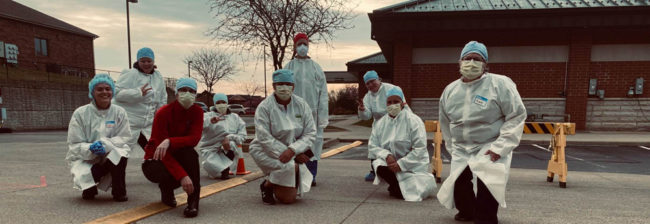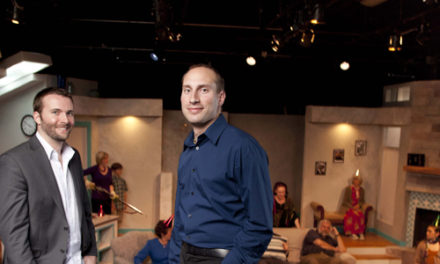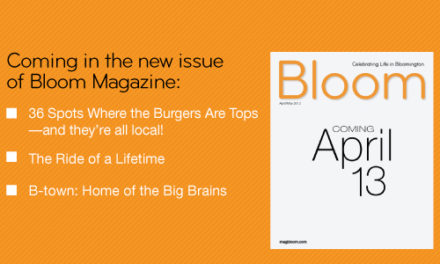
by SUSAN M. BRACKNEY
The coronavirus doesn’t stop for weekends or holidays—and neither do the 14 front-line health care workers comprising Indiana University Health Bloomington’s Remote COVID Test Site team. The all-female group operates drive-thru testing from tents in the Southern Indiana Radiological Associates Imaging parking lot. “Every single one of us volunteered,” says Certified Medical Assistant (CMA) DeeAnna Williams. “We have RNs [registered nurses], lab people, CMAs like myself.”
They came from medical offices throughout Bloomington as well as Martinsville and Morgantown. “Everybody’s there because they want to be,” says Tracey Hodge, a medical office specialist and Remote COVID Test Site staffer. “It’s good people taking care of other good people.”
But there are personal costs. Mindful of potential cross-contamination, Hodge has little to no contact with her elderly parents or friends. “It’s been alienating,” she admits. To date, Indiana has had nearly 65,000 COVID-19 cases and more than 2,900 deaths. By early June, the IU Health Pathology Lab had completed 71,777 COVID-19 tests.
Describing her post-shift decontamination routine, Hodge says, “I have disinfectant spray, Clorox wipes, and isopropyl alcohol. I kick my shoes off and spray those down. I wipe down everything— my sunglasses, my bags, the things in the bags, anything in my pockets. Sometimes I’ll strip down right at the door and carry the clothes straight to the laundry.”
So, just how does remote testing work? Patients drive up, get checked in, and remain car-bound for nasopharyngeal swabbing. Swabbers wear fluid-proof gowns, shoe covers, hair covers, N95 masks, gloves, and eye protection.
“People come through who’ve been on ventilators for 20 days, have been out of the hospital, and now they need to get two negative [tests] before they can get back to somewhat regular life,” Williams says. Many people tested are pre-operative patients; however, Hodge says, “By observation, we’re seeing more sick people now. It’s kind of headed a little back toward that direction.”
Besides the coronavirus itself, staffers have braved cold snaps, heat waves, stinging insects, and more. (Extra personal protective equipment—PPE—now includes wasp spray and a zapping fly swatter.) “We’ve really bonded,” Hodge says. “We know about each other’s kids and families and animals—and some of our phobias like wasps and spiders and birds.”
Birds? “They get in [to tents] and cannot get out,” explains Megan Willis, a registered nurse and lead supervisor for the Remote COVID Test Site. “It takes effort from the full team to hold open the heavy sides of the tents while someone goes inside to shoo it out.”
“Every day it’s something new,” she adds. “When we have the patient crack their window, we’ve had [their pet] dogs come at us.”
Confused motorists sometimes come at them, too. “We’ve seen people completely disregard a sign that says ‘Exit,’ with an arrow [pointing] to the right,” Willis says. “They … try to go through the barricade to the left.”
“Not to have another pandemic in my lifetime would be great,” Williams laughs. Even so, she notes, “I’d do this 100 times over. I wouldn’t trade this experience for anything.”











Trackbacks/Pingbacks